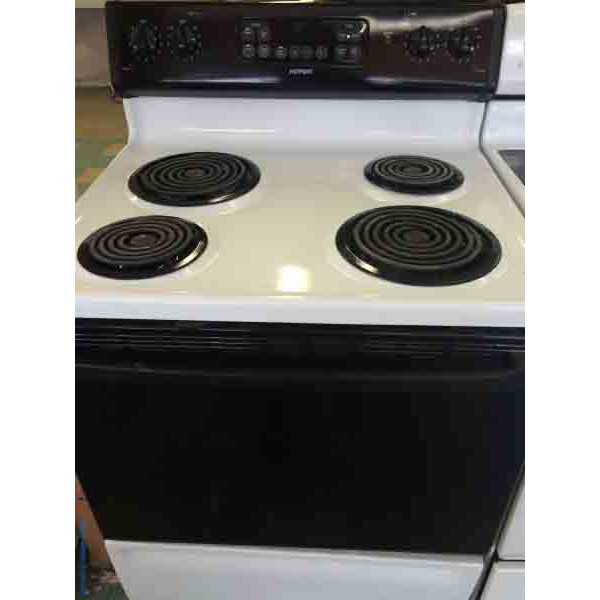

Heating Element: the actual components that heat the oven can burn out and break if they become too hot.Thermal fuses: these parts can short out, leading to incorrect cooking temperatures.Control panel: high heat can damage the panel’s computer, making your oven unable to respond to commands.Still wondering should you use the self-clean feature on your oven? High cleaning temperatures can also harm your oven, causing these components to fail and require professional repair: Also, it’s been proven that some ovens even emit carbon monoxide from the rear vent during a cleaning cycle. This can irritate children, pets, and those with breathing difficulties. When leftover food and even the oven’s enamel walls mix with high heat an unpleasant smell can result. If these temperatures sound like it may not be safe to use the self-cleaning oven feature, that’s certainly a possibility. Image from Frigidaire Self-Cleaning Oven Problems The self-cleaning cycle will reach temperatures between 8 degrees during the course of a 2-5 hour cleaning. This high heat goes way beyond typical cooking levels. The self-clean feature on your oven works by using high heat to virtually incinerate food particles, grease, and grime. But first, here’s a little info about how the self-cleaning oven feature works: How Do Self-Cleaning Oven Cycles Work? We’ll also provide you with a simple and safe oven cleaning method to use instead. There are several reasons why it may not be safe to use the self-cleaning oven and we’ll discuss some of these self-cleaning oven dangers below. But is it safe to use the self-cleaning oven? And is it wise to do so right before the holidays? Safe to Use the Self-Cleaning Oven? And with so many other holiday tasks looming, the self-clean feature on the oven seems like an easy way to get this job done. With the winter holidays fast approaching, many home cooks like to start the season with a clean oven.


 0 kommentar(er)
0 kommentar(er)
